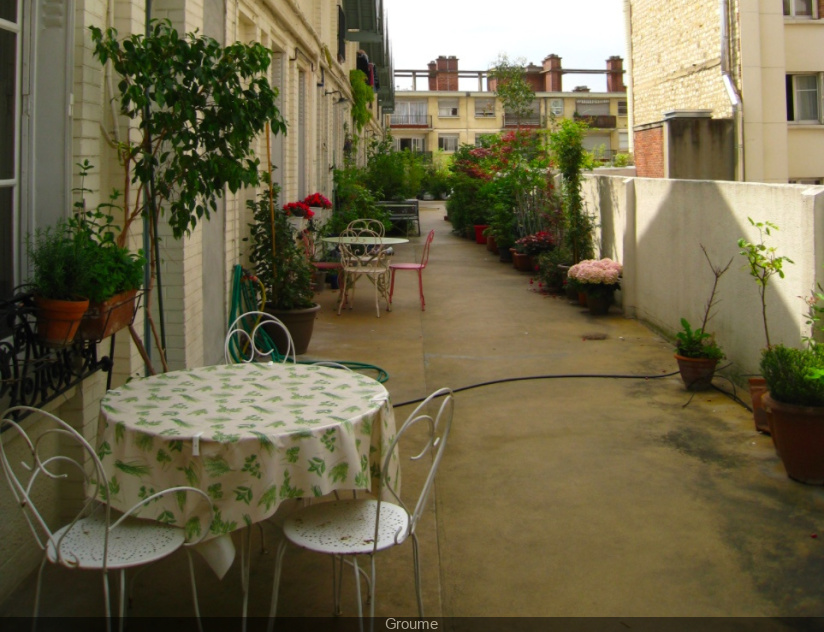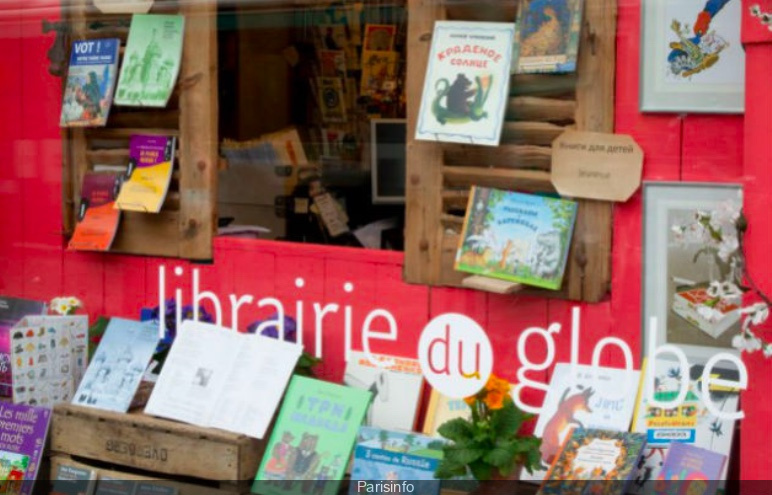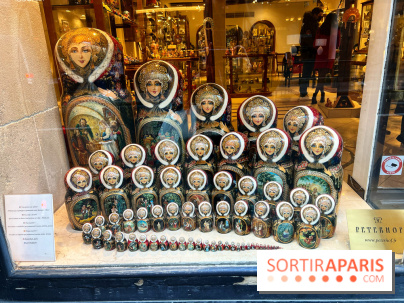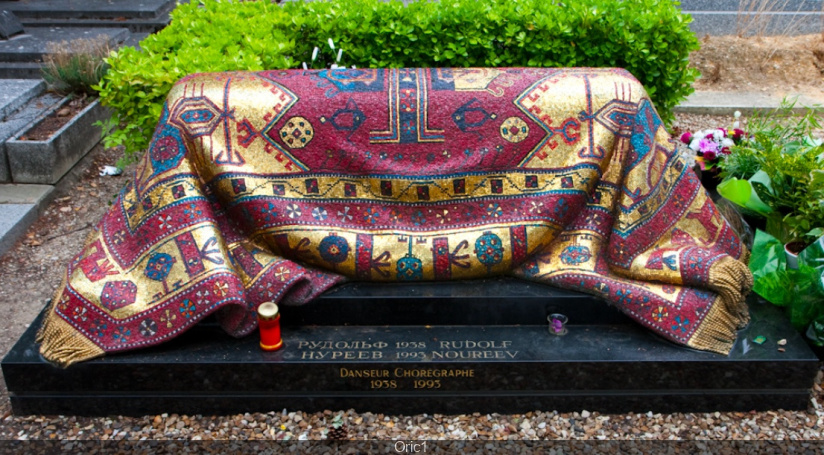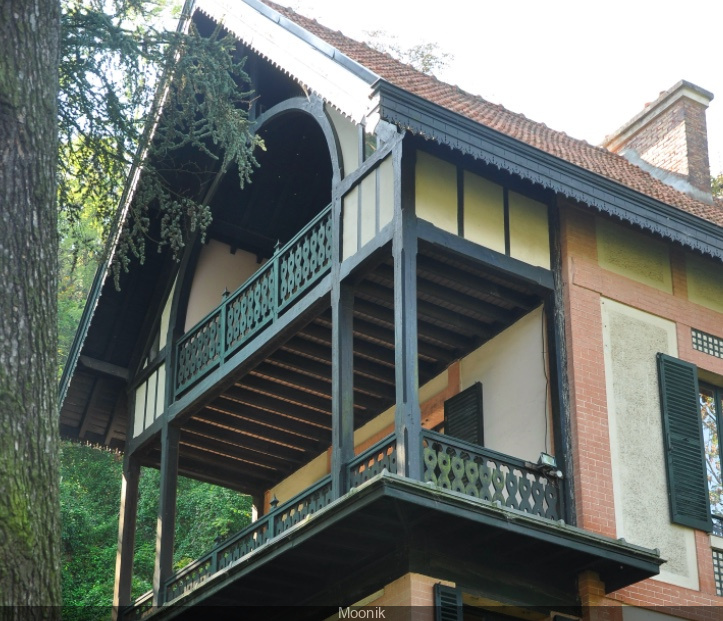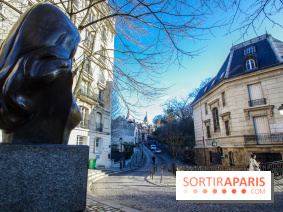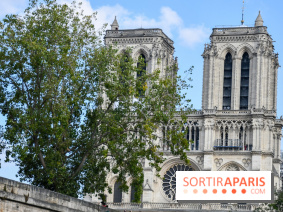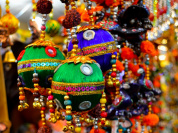Join us as we explore the Russian landmarks to be found on the streets of Paris! After the Bolshevik Revolution of 1917, many Russians fled their homeland and arrived in France, settling permanently in the capital.
From the most beautiful and secret Orthodox churches and cathedrals to this Russian bookshop on the Place des Vosges, not forgetting a must-see store in the Saint-Germain-des-Prés district with its fabulous matriochkas, and Petite Russie, a village-like district in the 13th arrondissement perched some ten meters high, come and meet Russia in Paris!
Paris is home to a magnificent Russian Orthodox cathedral, just off the Parc Monceau in the 8th arrondissement. Built in the Moscow neo-Byzantine style, it is Paris' main Orthodox place of worship.Saint-Alexandre-Nevsky Church was built in the 19th century. At the time, the Russian population of Paris was growing steadily, and it was Napoleon III who gave final approval for its construction. In terms of financing, Saint-Alexandre-Nevsky Church was built thanks to donations from Tsar Alexander II, as well as from a large number ofFrench Orthodox.
Consecrated on September 11, 1861, the eve of Saint Alexander Nevsky, Russia's hero, the church was dedicated to him. In 1922, the church became a cathedral. And a fine cathedral it was too! Rather discreet, it reveals all its splendor when accessed via the Boulevard de Courcelles. Its magnificent central fresco and golden bulbs are impossible to miss. Three times a week, the curious can pass through the doors of the cathedral and discover its rich interior decoration, typical of Orthodox churches: gilding galore, frescoes, apses richly decorated with paintings byAlexei Bogolioubov and a beautiful iconostasis.
Don't forget to visit the crypt, as it's a separate parish from the church, and Mass is celebrated in French rather than Slavonic. For the record, it was in this church that Pablo Picasso married Russian dancer Olga Khokhlova in 1918, watched by Jean Cocteau, poet Max Jacob and Guillaume Apollinaire !
It's impossible to miss these imposing golden domes when strolling along the banks of the Seine, near the Musée du Quai Branly. Recently inaugurated in 2016, the Cathedral of the Holy Trinity in Paris is the episcopal see of the Chersonese diocese. Built by renowned architect Jean-Michel Wilmotte, this Orthodox church topped by five majestic traditional bulbous bell towers covered in 90,000 sheets of matte gold leaf, and an Orthodox cross that peaks at over 36 meters high, blends Byzantine and Russian styles .
The Holy Trinity Cathedral of Paris is part of a complex of buildings that make up the Russian Orthodox Spiritual and Cultural Center of Paris, housing two exhibition halls, a Franco-Russian school, an auditorium and a café.
One of Paris's best-kept secrets. Located in the 19th arrondissement, at 93 rue de Crimée, theSaint-Serge-de-Radonège church is unlike any other place of worship in the capital. Originally a German Lutheran church, it was confiscated by the government during the First World War and bought at auction on July 18, 1924, the day of Saint Serge de Radonège, by the Paris Orthodox community, which has been growing in numbers since the 1917 Revolution.
Open to visitors during the Sunday service, as well as on other days of the week - if you can find someone willing to open the door for you, the church of Saint-Serge-de-Radonège contains many treasures in a busy, gilded style, such as Russian neo-Gothic paintings by Dimitri Semionovitch Stelletsky, old books and pretty stained-glass windows. Not forgetting, outside, the astonishing colored wooden porch in the style of an isba, the traditional Russian house.
The unusual Saint-Serge de Radonège church in Buttes-Chaumont: A hidden Parisian treasure
In the heart of Paris's Buttes-Chaumont district lies the unusual Saint-Serge de Radonège church. Not visible from the street, in the 19th arrondissement, this church is an architectural nugget waiting to be discovered. [Read more]
Overlooking the half-timbered houses of another astonishing town called La Petite Alsace, La Petite Russie is a group of some twenty small workers' houses built... on the third floor of a building, on the roof of a garage, in the 13th arrondissement.
Far from resembling Russian isbas, this development actually takes its name from the original inhabitants of the site. These little houses were built in 1912 by a cab company to house its drivers, most of whom were destitute white Russians who had fled their country during the 1917 Revolution. If you'd like to visit this amazing place, you'll have to rely on luck and the kindness of local residents to get through the gate.
Opened in the 3rd arrondissement in 1952, a stone's throw from the Place des Vosges, the Globe bookshop is a landmark for all lovers of Russian culture. Classic and contemporary books in Russian, works on Russia, travel books, dictionaries, newspapers, as well as DVDs, CDs and audio books, Russian culture is devoured here in all its forms and will enable you to perfect your knowledge.
What's more, numerous events are organized throughout the year: Russian language courses, conferences, debates and seminars, literary meetings and readings, exhibitions, concerts, activities for the little ones, and even a cine-club to discover the finest nuggets of Russian cinema .
Taking its name from the Peterhof Palace built not far from St. Petersburg by Tsar Peter the Great to match the beauty of the Palace of Versailles, the Peterhof boutique is an institution in the Saint-Germain-des-Prés district. Its many magnificent matriochkas - the famous Russian nesting dolls that fit together - are a real eye-catcher.
Step inside Peterhof and you'll find a multitude oftraditional Russian decorative objects, clothing and more. Among Peterhof's treasures are the must-have matryoshkas, as mentioned above, as well as icons and gilded eggs, jewelry and fur chapkas. It's enough to make you think you're in Doctor Zhivago.
The Russian cemetery opened its doors in 1927 in Sainte-Geneviève-des-Bois in the Essonne region of Paris. Since then, it has become the largest Russian cemetery abroad, with some 15,000 Russians or French of Russian origin who came to France following the Bolshevik revolution of 1917, buried in nearly 5,000 graves.
In a bucolic setting of pine and birch trees, the Russian cemetery in Sainte-Geneviève-des-Bois is home to some of the most famous names in Russian arts and culture, including filmmaker Andrei Tarkovsky, painter Serge Poliakoff, writer Sergei Bulgakov and Nobel Prize winner Ivan Bunin.
Our final stop on this exploration of Russian heritage is Bougival, in the Yvelines region of France, to discover the Ivan Tourguéniev Museum. In 1874, theRussian writer bought this mansion for the singer Pauline Viardot. After settling in with his in-laws, the writer built a traditional dacha a stone's throw from the main house, where he lived until the end of his life on September 3, 1883. It was here that he wrote his major works, Terres vierges and Poèmes en prose, and welcomed his many friends from the art world, including Émile Zola, Alphonse Daudet and Henry James.
Now transformed into a museum, this half-Swiss, half-Russian chalet houses no fewer than 245 exhibits: rare manuscripts, engravings, sculptures and paintings that once belonged to the writer, as well as Turgenev's square pianoforte, once touched by Brahms and listed as a historic monument in 1990. On the museum's second floor, two rooms fromIvan Turgenev 's apartment have been reconstructed: his study and his bedroom.
And let's not forget the Russian restaurants in Paris, where you can enjoy traditional comfort food!
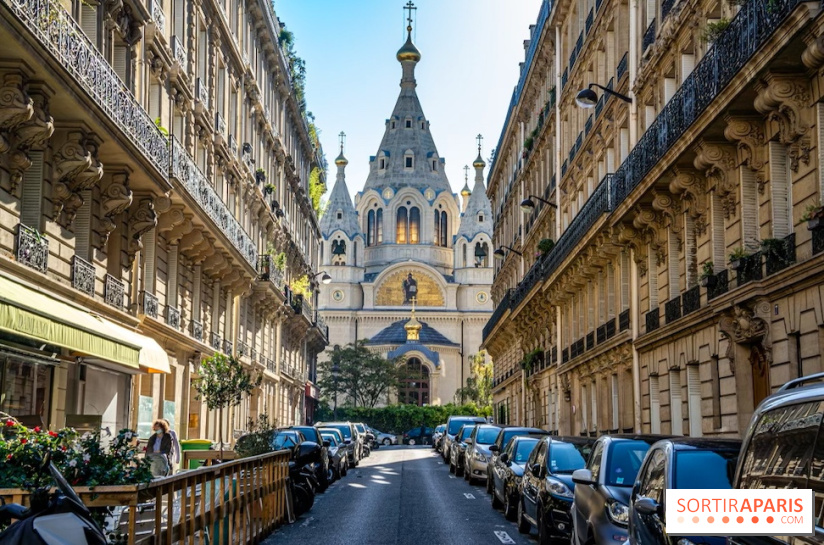



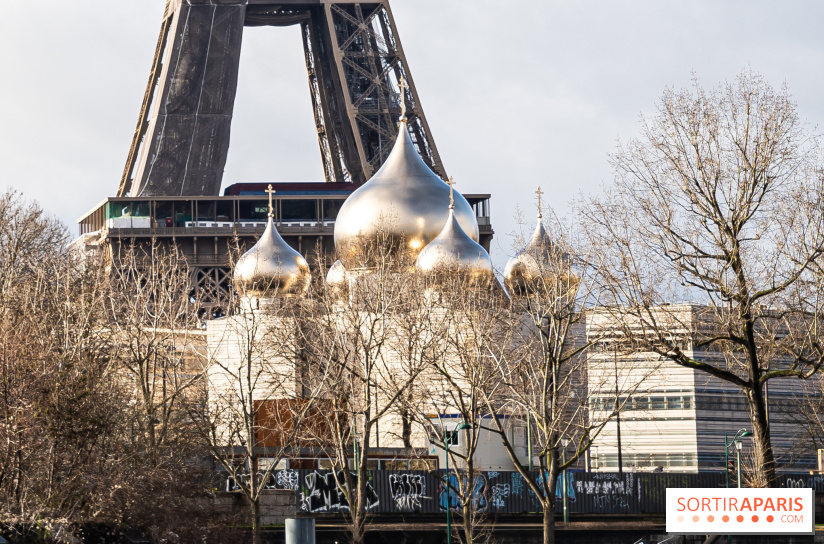



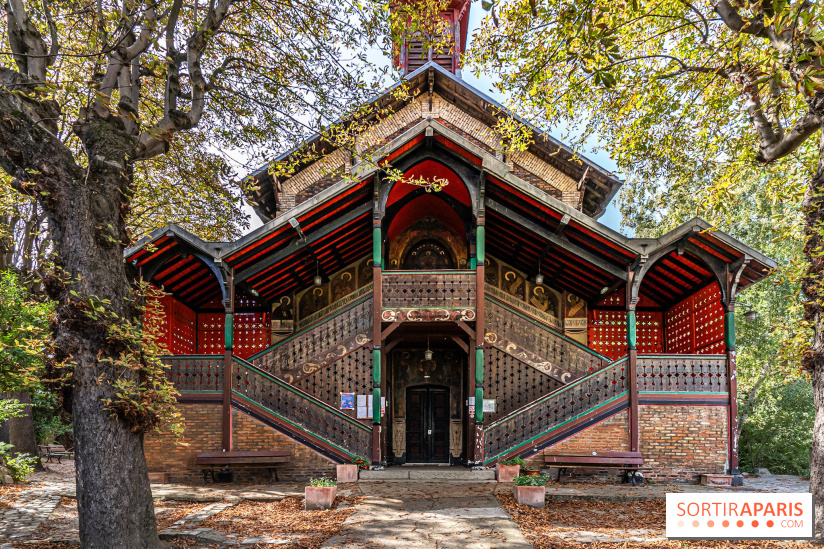






 The unusual Saint-Serge de Radonège church in Buttes-Chaumont: A hidden Parisian treasure
The unusual Saint-Serge de Radonège church in Buttes-Chaumont: A hidden Parisian treasure